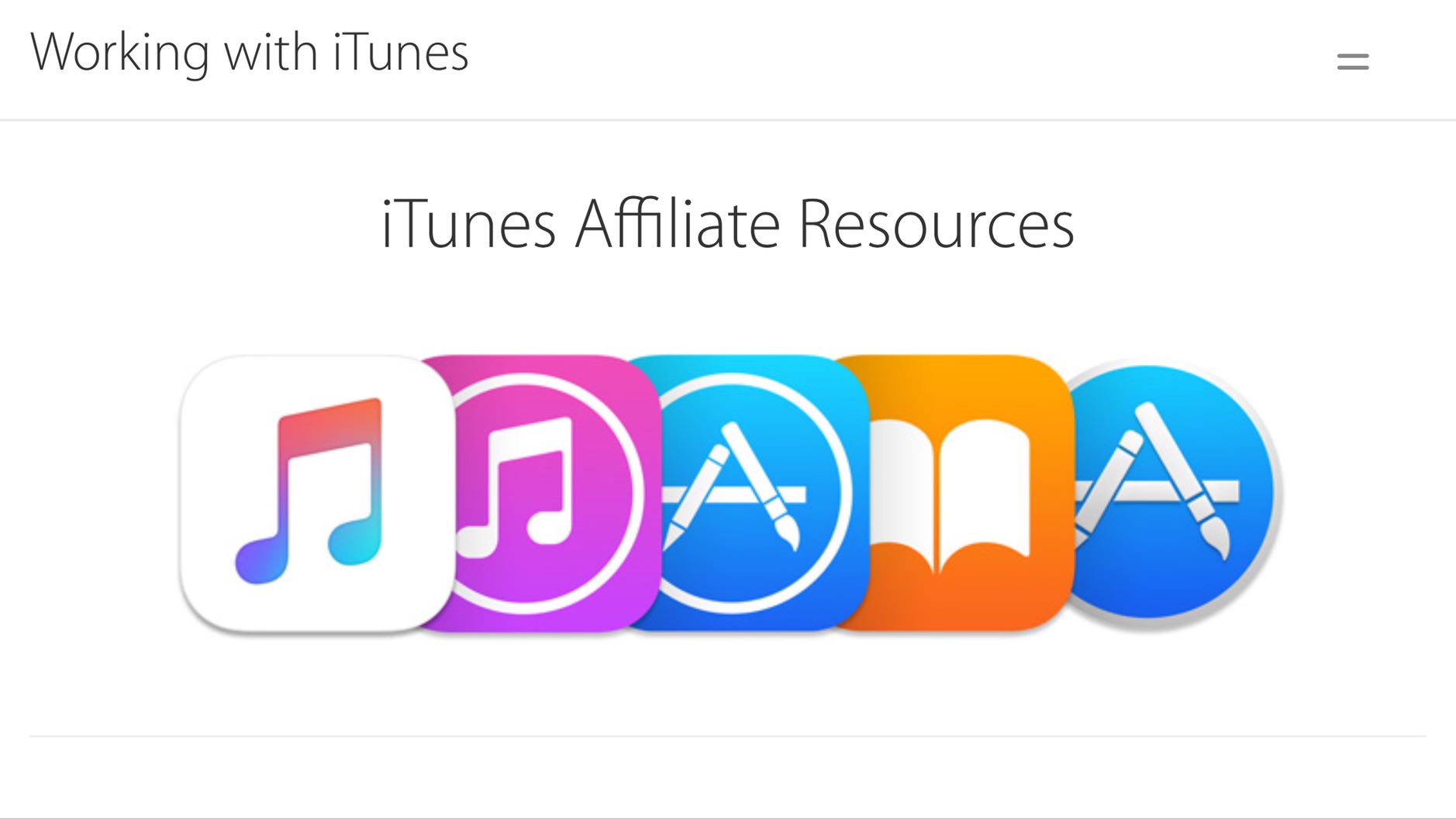Apple senkt Affiliate-Provision für In-App-Verkäufe

We’d like to clarify some changes being made to the Affiliate Program. Commissions for all iOS in-app purchases will be reduced from 7% to 2.5% globally, and all other content types (including music, movies, books, paid iOS apps and TV) will remain at the current 7%.
Apple reduziert die Affiliate-Provision, die Entwickler und Webseiten mit Links in den App Store verdienen können, für In-App-Käufe (und nicht wie zuvor mitgeteilt auch für Vollpreis-Downloads).
Unterm Strich ändert das aber wenig an den tatsächlichen Kürzungen: Der Umsatz mit In-App-Verkäufen liegt inzwischen weit über den Einnahmen, die durch bezahlte App-Store-Downloads erzielt werden.
”That’s the standard now,“ says Olivier Bernard of app analytics firm App Annie. ”It’s: ‚Try our product and if you like it, please purchases from it. Our data shows 95 percent of worldwide revenues were from freemium apps in 2014 on iOS”
„In-App Purchases: a mobile app developer’s key to ‚consumer lock-in‘“
AppsFlyer, the leading global mobile marketing attribution analytics company, announced today the results of its State of In-App Spending report, with details from in-app purchase (IAP) behaviors of more than 100 million mobile app users across over 1,000 apps. The report reveals that Asian users spend 40% more on in-app purchases than the rest of the world, although North Americans spend the single highest amount — in shopping apps. In addition, the report shows that iOS users spend nearly 2.5 times as much as Android users — $1.08 to $0.43 in monthly IAP per user, per app. Not only do they spend more, but iOS users are about 50% more likely to spend any money in apps than Android users.
Further, the study finds that only 5.2% of users spend money on in-app purchases, but that the average paying user spends $9.60 in monthly transactions per app with purchase activity — more than 20 times the average spend of all users combined.
„AppsFlyer study sheds light on in-app spending patterns of mobile users around the world“